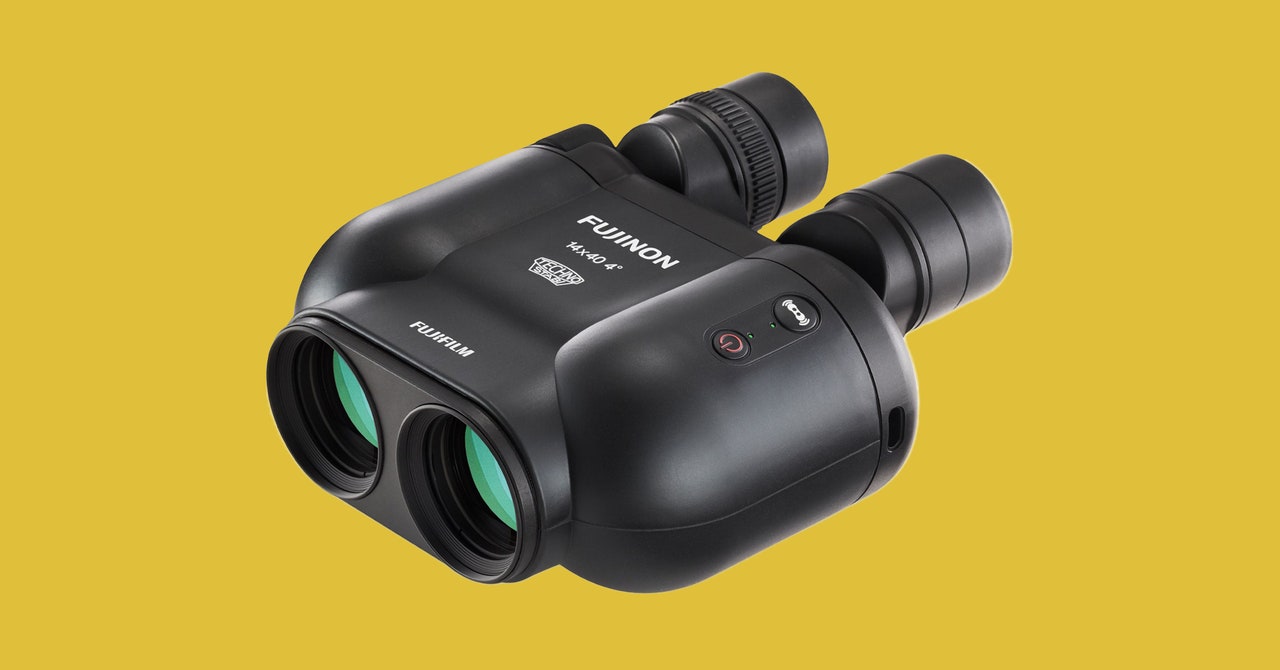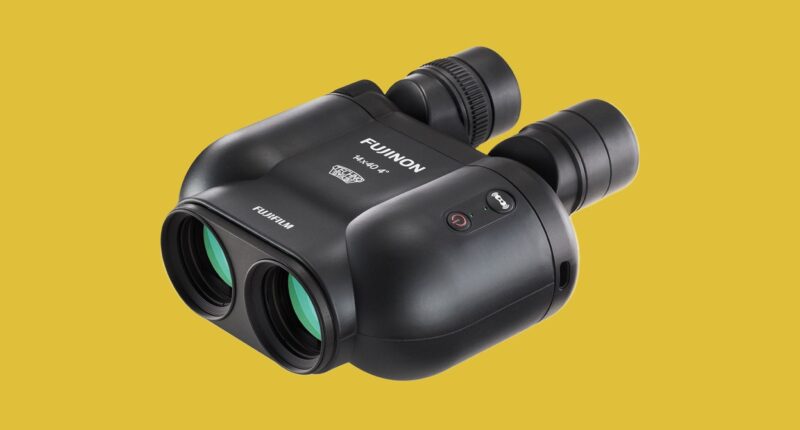

Binoculars mean the difference between seeing a little gray bird and identifying a titmouse, cheering a home run and seeing the epic catch, or realizing that the 10-point buck is actually a doe standing in front of dead branches.
Whether you’re scouting terrain, watching birds in your backyard, or getting season tickets at Fenway, binoculars bring the world closer, making it sharp and clear far beyond what your eye is capable of seeing. Finding the right pair of binoculars means first figuring out what you’re going to use them for. If you’d just like to watch some birds at the feeder in your backyard and perhaps overcome the limitations of the cheap seats at the ballpark, there’s no need to spend a fortune. On the other hand, if you plan to go birding in diverse locations, or are planning a big hunt in unfamiliar territory, it’s often worth the extra money to get something a little more powerful.
Be sure to check out our other guides, including The Best Gear to Make Your Backyard More Fun, The Best Hiking Gear, and How a Birdfeeder Can Bring You Joy.
Updated February 2023: We’ve noted Nikon’s new Prostaff models, added links to Leica’s Noctivid binoculars, and updated models, pricing, and availability throughout.
Table of Contents
- Best Overall
- Best High Powered
- Best Compact
- Best for Kids
- Best for Special Use Cases
- What Do the Model Numbers Mean?
- Why the High Price Tags?
Special offer for Gear readers: Get a 1-year subscription to WIRED for $5 ($25 off). This includes unlimited access to WIRED.com and our print magazine (if you’d like). Subscriptions help fund the work we do every day.
What Do the Model Numbers Mean?
Binoculars are usually listed with two number specifications; for example, the Nikon Monarch M5 are 8×42.
The number 8 refers to the magnification power. Objects seen through these binoculars will be eight times bigger than when you look with your naked eye. Newcomers should stick with 6x or 8x. They have enough power that you’ll see things clearly, but they don’t magnify so much that you’ll struggle to find what you want to see or have trouble following fast-moving objects (though all binoculars take some practice).
The 42 refers to the size of the front lens in millimeters. The larger the lens size, the more light reaches your eye. That means the image will be bigger, brighter, and clearer. A pair of 8×42 binoculars are often significantly brighter and have a better viewing experience than a pair of 8×32 binoculars, even though both provide the same magnification. But the larger you get, the more glass they will use—so they’ll weigh more. The weight difference between a pair of 8×32 and 10×42 binoculars is significant if you’re wearing them all day. We suggest sticking with the 26-50 range. Our top pick is roughly in the middle, at 8×42, generally considered the sweet spot for most people.
Best Overall
Nikon’s Monarch 5 binoculars were my first “real” binoculars. Years later, their upgraded M5 is my top pick for most people just getting started. These offer great bang for your buck, and the 8×42 magnification is the most versatile. It isn’t just me, either. These are some of the most common binoculars I see when I’m out birding.
The Monarch M5s strike an excellent balance between optical power, quality, and price. The glass in these provides nice, bright views with very little chromatic aberration (the distortions or fringing that you sometimes see around objects in bright sunlight).








